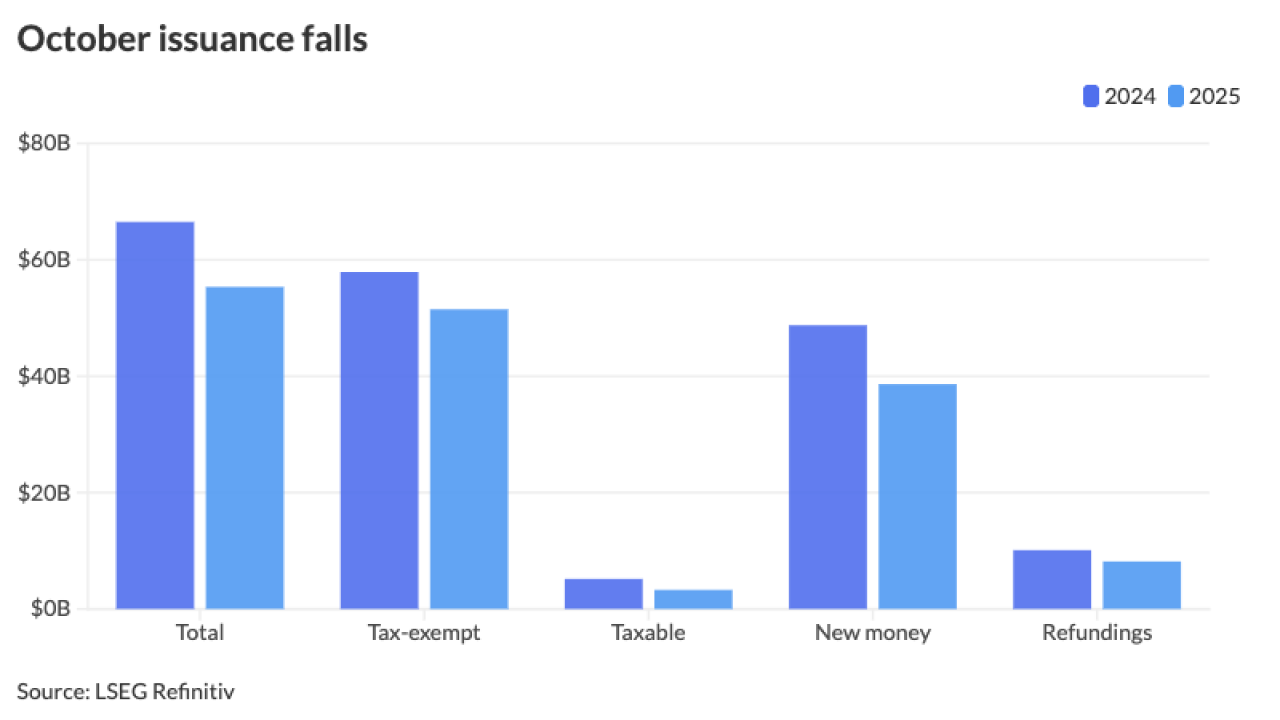Fitch Ratings revised the outlook on the University of Tampa, Florida, to positive from stable on Monday.
The rating agency said the revision “reflects UT's continued strong operating performance through the pandemic in addition to its notably improved balance-sheet position, with cash growth and leverage metrics outperforming Fitch's prior expectations.”

At the same time, Fitch affirmed UT’s A-minus issuer default rating and the A-minus rating on the outstanding revenue bonds issued by the city of Tampa on UT's behalf. The bonds are secured by a pledge of UT's unrestricted gross revenues.
Even after executing cash-funded capital expenditures, Fitch said, it expects UT is likely to maintain a strong operating performance that could result in an upgrade to A in the next one to two years.
UT is a private university located on 110 acres in downtown Tampa. It was founded in 1931 by the Chamber of Commerce and has 10,794 students as of the autumn of 2021. It has more than 200 programs of study across four colleges. About 90% of students are undergraduates, but the university also offers master's degrees, certificate programs and a doctoral program.
After years of steady and moderate growth and then dealing with flat enrollment in the COVID-19-disrupted fall 2020 term, Fitch said, UT received record applications which yielded a larger than expected fall 2021 class. "Total FTE enrollment grew sharply, approximately 13%, to nearly 11,000. The university plans to admit a smaller class and to lower total enrollment modestly for fall 2022 in order to manage campus and academic capacity before targeting a return to steady, sustainable growth trends."
In May 2020, Raymond James & Associates priced $139.14 million of revenue and revenue refunding bonds for UT consisting of $81.86 million of tax-exempt Series 2020A bonds and $57.28 million of taxable Series 2020B bonds.
Fitch said the A-minus rating reflects UT's strong enrollment growth trend and excellent operating cash flow, which lets the university fund capital and programmatic investments with limited additional debt. The university has no additional debt plans.
UT has generated consistent and robust cash flow margins averaging about 32% since 2017.
"Extremely strong financial performance reflects exceptionally strong cost flexibility and conservative financial management practices, which have served the university well through the pandemic," Fitch said.
In fiscal 2021, UT's cash flow margin improved to about 38%, which reflected a conservative approach to pandemic-related uncertainty. Fitch said UT's management also expects strong fiscal 2022 results, based on the increase in enrollment and revenue, before results move back to more historical levels.





